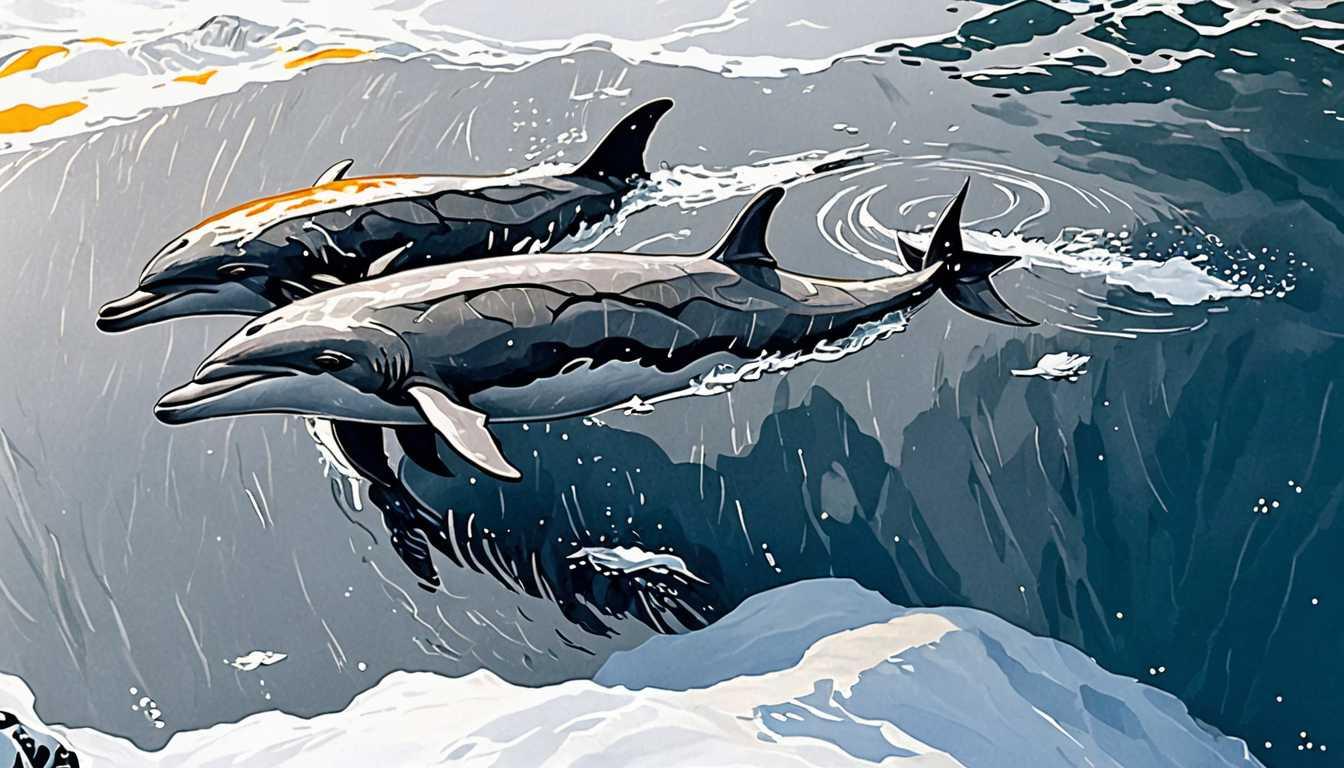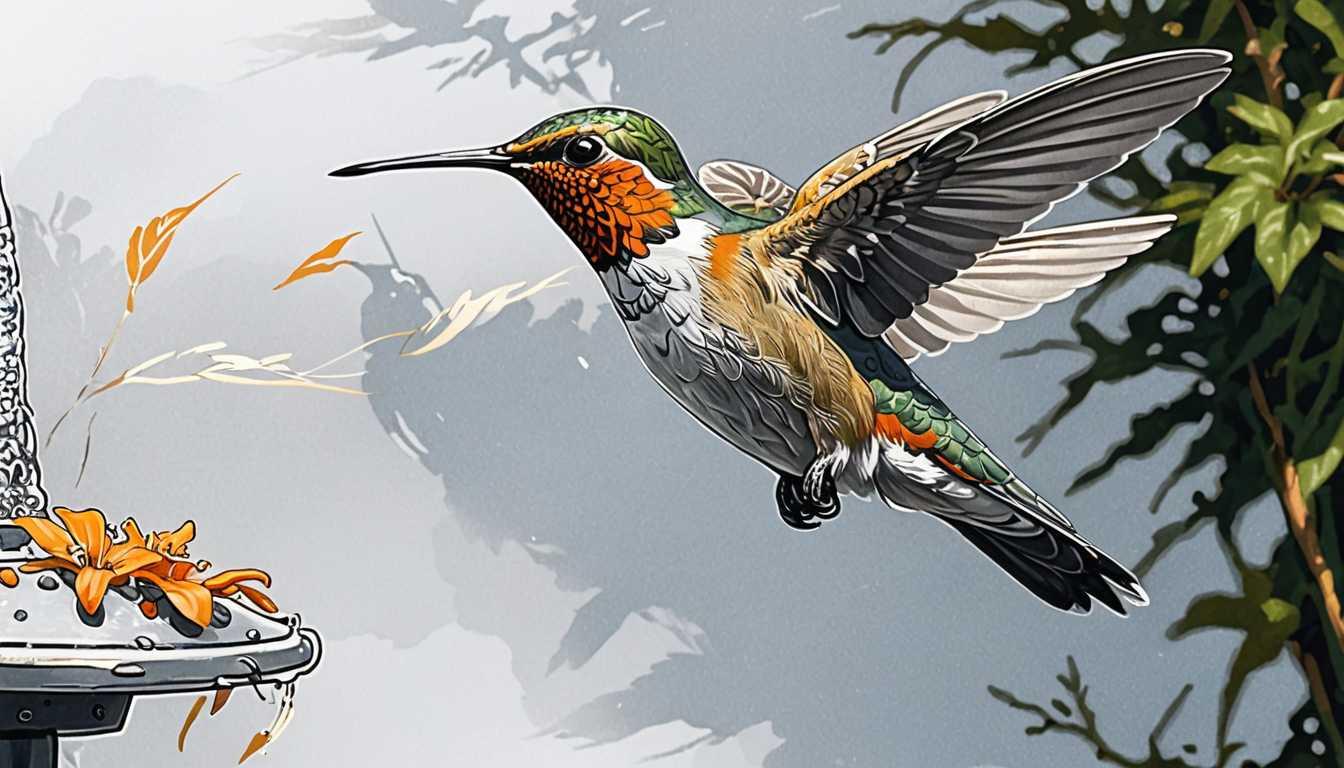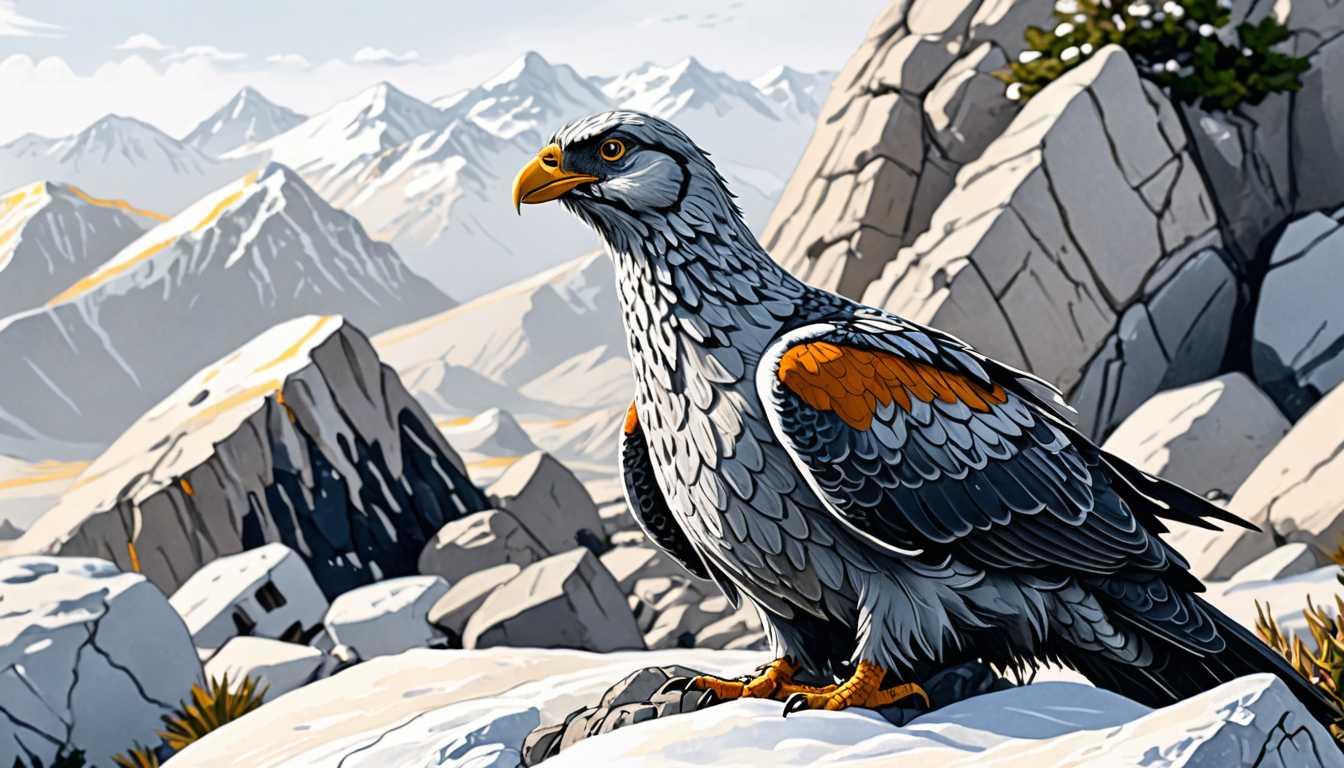The Methuselah of Hedgehogs Uncovered
February 2023
Phys Org
Introduction
Imagine stumbling upon a hedgehog that’s seen more birthdays than your average high school freshman! That’s exactly what happened in Denmark, where citizen scientists discovered a European hedgehog that lived to the ripe old age of 16—shattering the previous age record. This quirky tale of longevity, brought to you by Phys Org, isn’t just about one geriatric hedgehog; it’s a deep dive into the lives (and deaths) of these spiky critters, revealing insights on survival, mating, and the impact of roads on their population. Who knew hedgehog jaws could tell such fascinating stories?
READ FULL ARTICLEWhy It Matters
Discover how this topic shapes your world and future
Unveiling the Secrets of Spiny Survivors
Imagine discovering a creature that has outlived all its peers, offering a glimpse into the resilience and adaptability of a species. The finding of the world's oldest European hedgehog does just that, shining a spotlight on the fascinating world of hedgehogs and the challenges they face. This discovery is not just about breaking records; it's a wake-up call highlighting the dramatic decline of hedgehog populations and the urgent need for conservation efforts. For you, this story is a compelling example of how citizen science can contribute to our understanding of wildlife and their conservation. It's a reminder of the impact humans have on other species and how, through collaboration and research, we can work to protect our spiky friends and their habitats. This tale of survival and science might inspire you to look at the natural world around you with new curiosity and wonder.
Speak like a Scholar
Citizen science
A research collaboration where volunteers from the general public participate in scientific investigations.
Conservation
The protection and preservation of natural resources, including plants, animals, and their habitats.
Genetic diversity
The total number of genetic characteristics in the genetic makeup of a species, contributing to its ability to adapt and survive.
Inbreeding
Breeding between closely related individuals, which can increase the chances of offspring inheriting harmful genetic conditions.
Longevity
The length of time that an individual of a species lives or is expected to live.
Hibernation
A state of inactivity and metabolic depression in animals during winter, to conserve energy by lowering the heart rate and body temperature.
Independent Research Ideas
The role of citizen science in wildlife conservation
Investigate how projects like the Danish Hedgehog Project empower individuals and communities to contribute to scientific research and conservation efforts.
Urban vs. rural - Hedgehog habitats and survival rates
Explore how living environments (urban vs. rural) affect the mortality causes and survival rates of hedgehogs, considering factors like road traffic and human activities.
Genetic diversity and species survival
Examine the relationship between genetic diversity and the survival of species, using hedgehogs as a case study to discuss the implications of inbreeding and genetic health.
Hedgehogs and human impact
Analyze the various ways human activities contribute to the decline of hedgehog populations and what measures can be taken to mitigate these impacts.
Hibernation secrets - How animals adapt to extreme conditions
Delve into the fascinating world of animal hibernation, focusing on hedgehogs, to understand the physiological changes that occur and how these adaptations help them survive harsh conditions.
Related Articles

Why Whales Became Ocean Giants
March 2023
Stanford University

Electricity: Nature's Hitchhiking Secret
January 2025
U of Bristol Research news

Evolution's Tiny Titans Unveiled
April 2023
University of Bristol

Butterflies: Brainy Survivalists Unveiled
July 2023
University of Bristol

Everest: A Peak of Biodiversity
September 2022
National Geographic